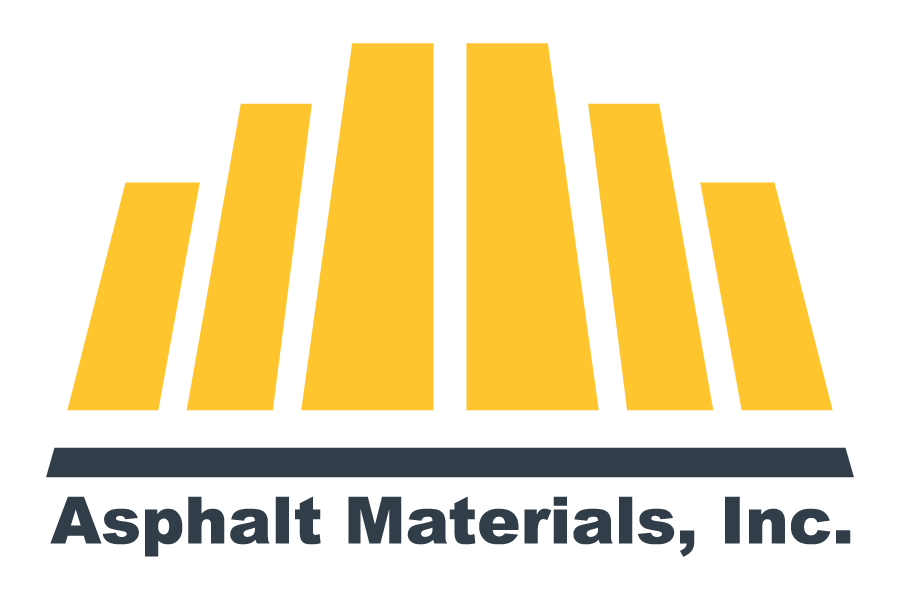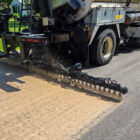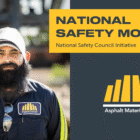Pavement Preservation Leads to a More Sustainable Infrastructure

Pavement preservation is a cost-effective and greener approach to getting the most life out of your roads and making taxpayer dollars go further. In addition to cost efficiency, a pavement preservation approach is known to produce fewer greenhouse gas emissions (GHG), consume less energy, and provide faster application times than the alternative conventional approach.
A well-implemented pavement preservation approach achieves maximum efficiency by increasing the average condition of your pavement while decreasing your average spending per square yard. Pavement Preservation treatments are known for their ability to ensure quality with minimal effect on your budget and the environment.
Compare cost savings and environmental impact by treatment
An approach to pavement management that applies a robust toolbox of pavement preservation and recycling treatments will save time, money, while also reducing environmental impact over the long term. By using a PPRA calculator you are able to see average data comparing the cost and environmental savings of preservation and recycling techniques, compared to conventional reconstruction, mill and fill, or thin overlays.

Critical Concept !!
Every year, every mile of your network loses 1 mile-year of life. To avoid losing ground, the roadway owner must design a treatment plan that adds 500 mile-years of life or more! Over the first 75% of a road’s life, it will drop 40% in quality. Over the next 12% of its life, it will drop another 40% in quality. All roads pass a point of accelerated deterioration – past this point, costly rehab and reconstruction are the only options.
Worst – First Approach

Many agencies are learning that the use of limited funds toward a “Worst First” Approach accelerates the decline of their overall network, as miles of good roads go untreated each year. A conventional method of pavement management uses limited budgets to address the most deteriorated roads first. Miles of good roads go untreated each year, accelerating the decline of the overall network.
Many agencies are identifying pavement management strategies that use limited resources more efficiently, and designing treatment plans that reallocate budgets to make incremental network gains (instead of losses) each year. Use our Remaining Service Life tool to find out if your treatment plan is adding or subtracting life from your network.

Optimized Approach
By considering an Optimized Approach, which reallocates funds across more efficient strategies to keep good roads good and help you get ahead of the curve.
Understanding Remaining Service Life (RSL) is critical to designing a treatment plan that stretches your budget further and reverses the trend of a deteriorating network.
Pavement Preservation Methods’ ROI (Spend $1 Save $6)
There are two basic ideas to follow when choosing a Pavement Preservation Strategy:

1. Prioritize roads that are in fair-to-good condition. Why spend money on a road that is in decent condition? It is the most effective way to stretch dollars while also improving overall pavement condition. If you put your budget toward inexpensive, frequent treatments to semi-distressed roads, you will find the most savings as a whole.
2. Applying a pavement preservation method maximizes pavement quality & lifespan. Oxidation and moisture can take hold of a pavement within the first 2 years of its life, losing elasticity and becoming frail over time. These issues can result in surface raveling, cracking, potholes, and eventually pavement failure.
By performing a simple early pavement preservation system combined with a high-quality product the pavement can be preserved resulting in superior and longer-lasting roads. Maximizing your investment over time. Pavement preservation techniques not only provide the best way to maintain road integrity and durability, but they also reduce motorist delays and provide longer-lasting, safer roads.
———–
To learn more about Asphalt Materials Pavement Preservation Projects, visit our products page:
https://asphalt-materials.com/products/

Sources for this Article and Other Resources Available to Learn More
https://roadresource.org/preservation
PPRA’s RSL Calculator – Ready To Optimize Your Network?
https://roadresource.org/network/rsl_calc
https://roadresource.org/preservation/calculator

About PPRA:
The Pavement Preservation & Recycling Alliance (PPRA) provides a collective space to bring industry and agency together for the advancement of sustainable, eco-efficient, and innovative pavement applications.
Joining together resources from the Asphalt Emulsion Manufacturers Association, the Asphalt Recycling & Reclaiming Association, and the International Slurry Surfacing Association, PPRA unites a network of members dedicated to: “Better roads today. Stronger networks tomorrow.” Jointly, PPRA assists agencies by providing a centralized repository for comprehensive information related to pavement preservation and asphalt recycling and reclaiming. PPRA seeks to help agencies at the state, county, and local levels to make the right choices for their road networks and be the best possible stewards of their roads and of taxpayer dollars.





Recent Comments